-
 © Audi
© Audi -
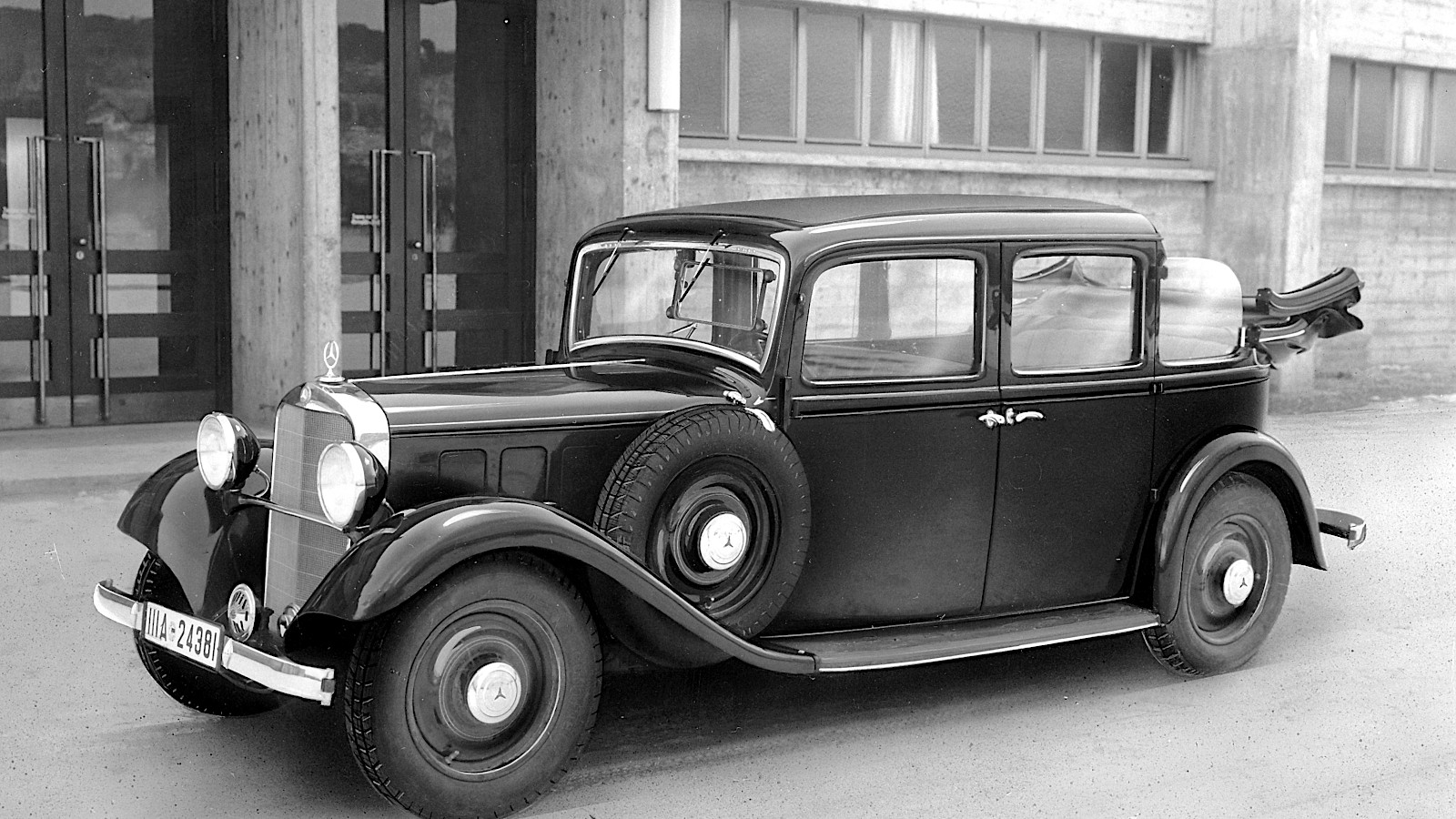 © Daimler AG
© Daimler AG -
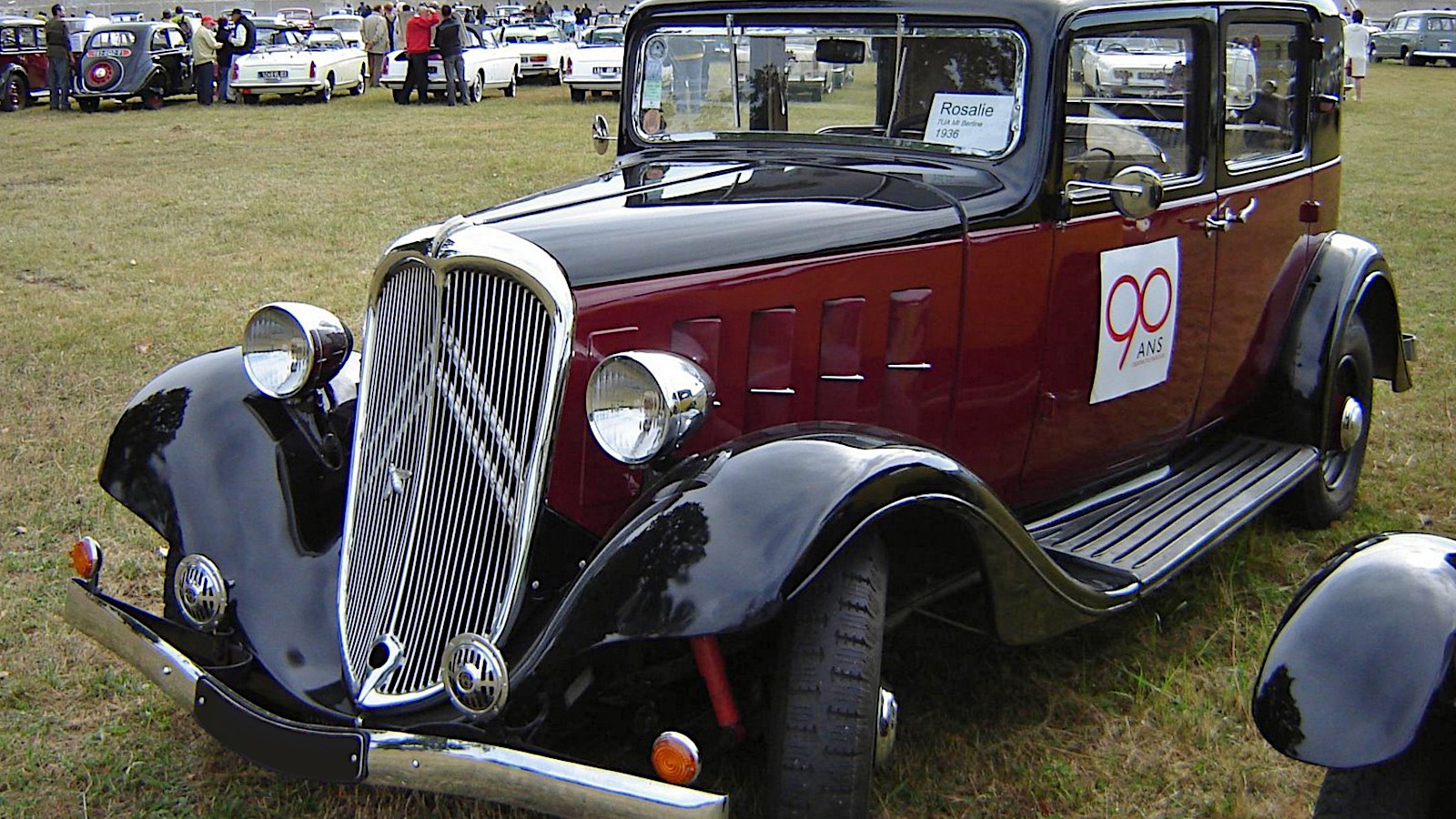 © jean-pierre 60/Creative Commons https://creativecommons.org/licenses/by-sa/3.0/legalcode
© jean-pierre 60/Creative Commons https://creativecommons.org/licenses/by-sa/3.0/legalcode -
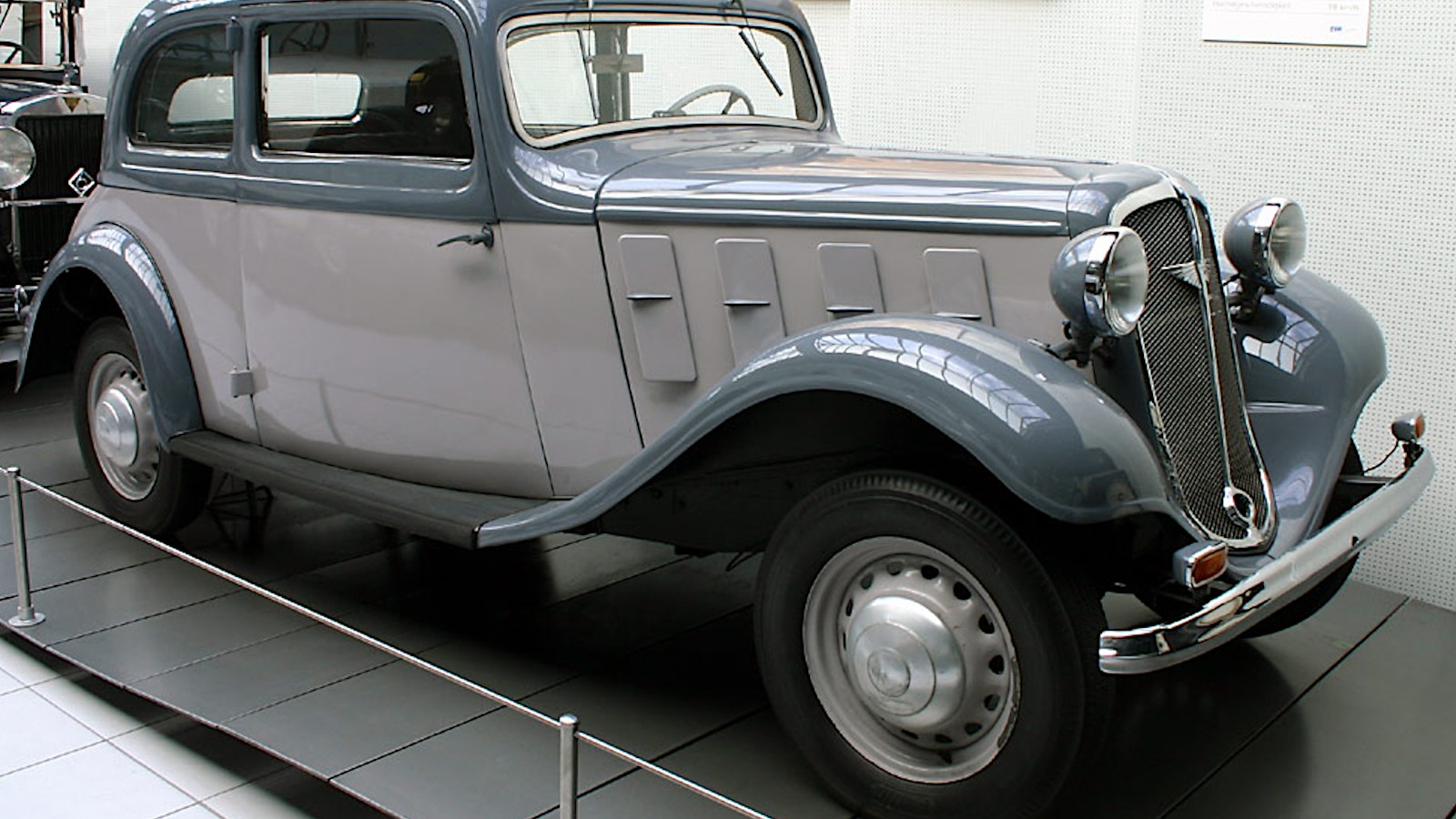 © Softeis/Creative Commons https://creativecommons.org/licenses/by-sa/3.0/legalcode
© Softeis/Creative Commons https://creativecommons.org/licenses/by-sa/3.0/legalcode -
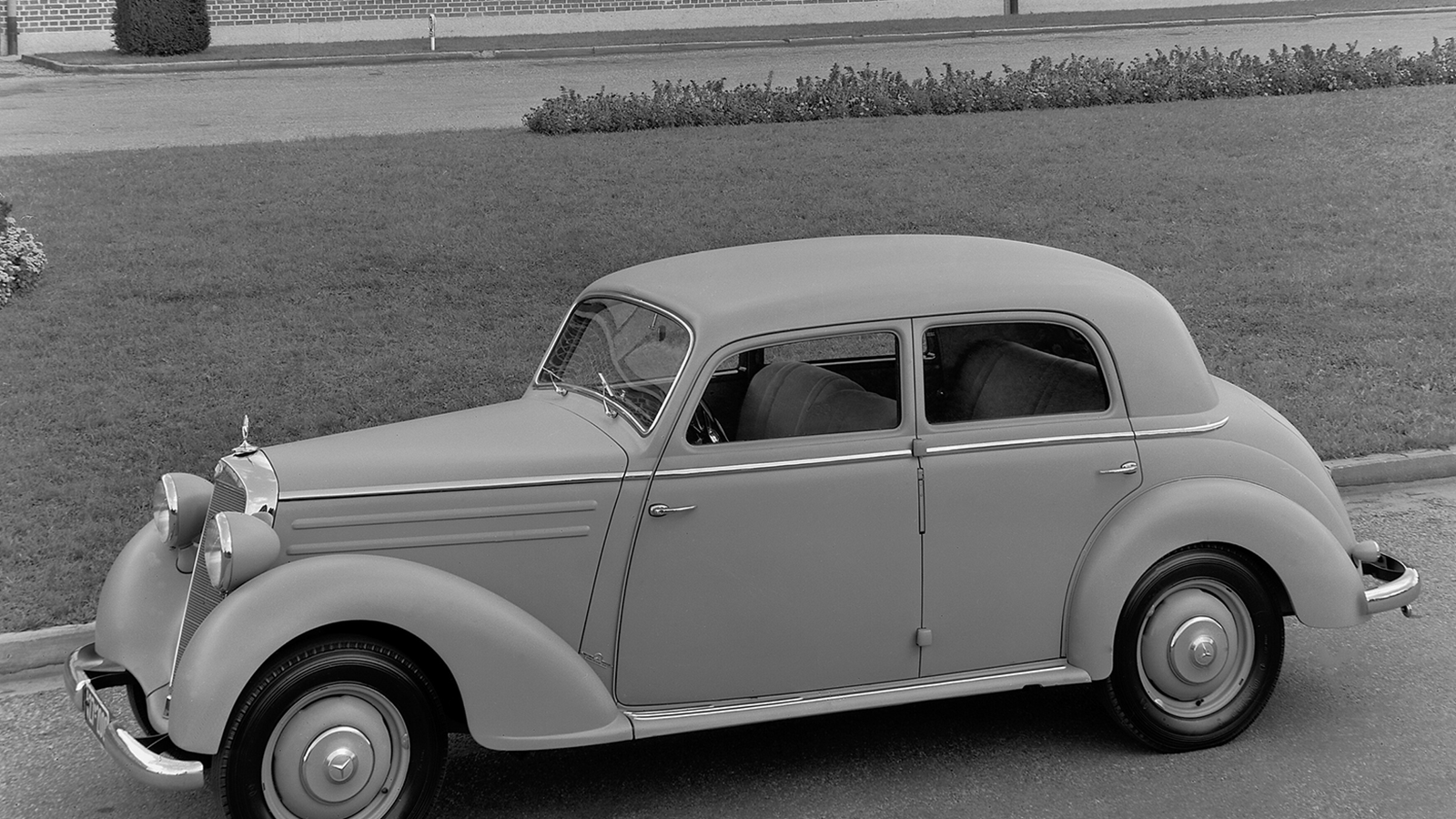 © Daimler AG
© Daimler AG -
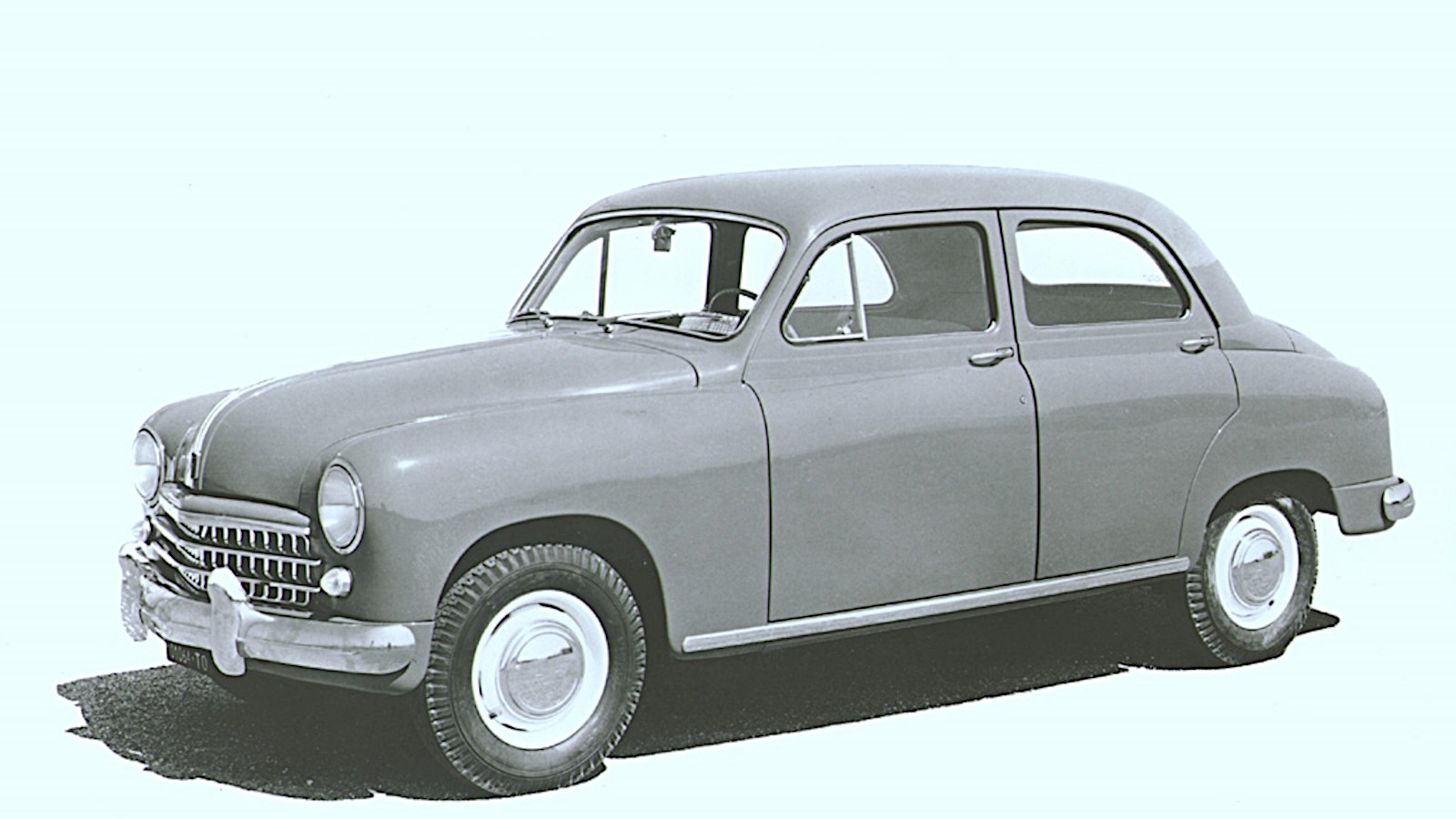 © Fiat
© Fiat -
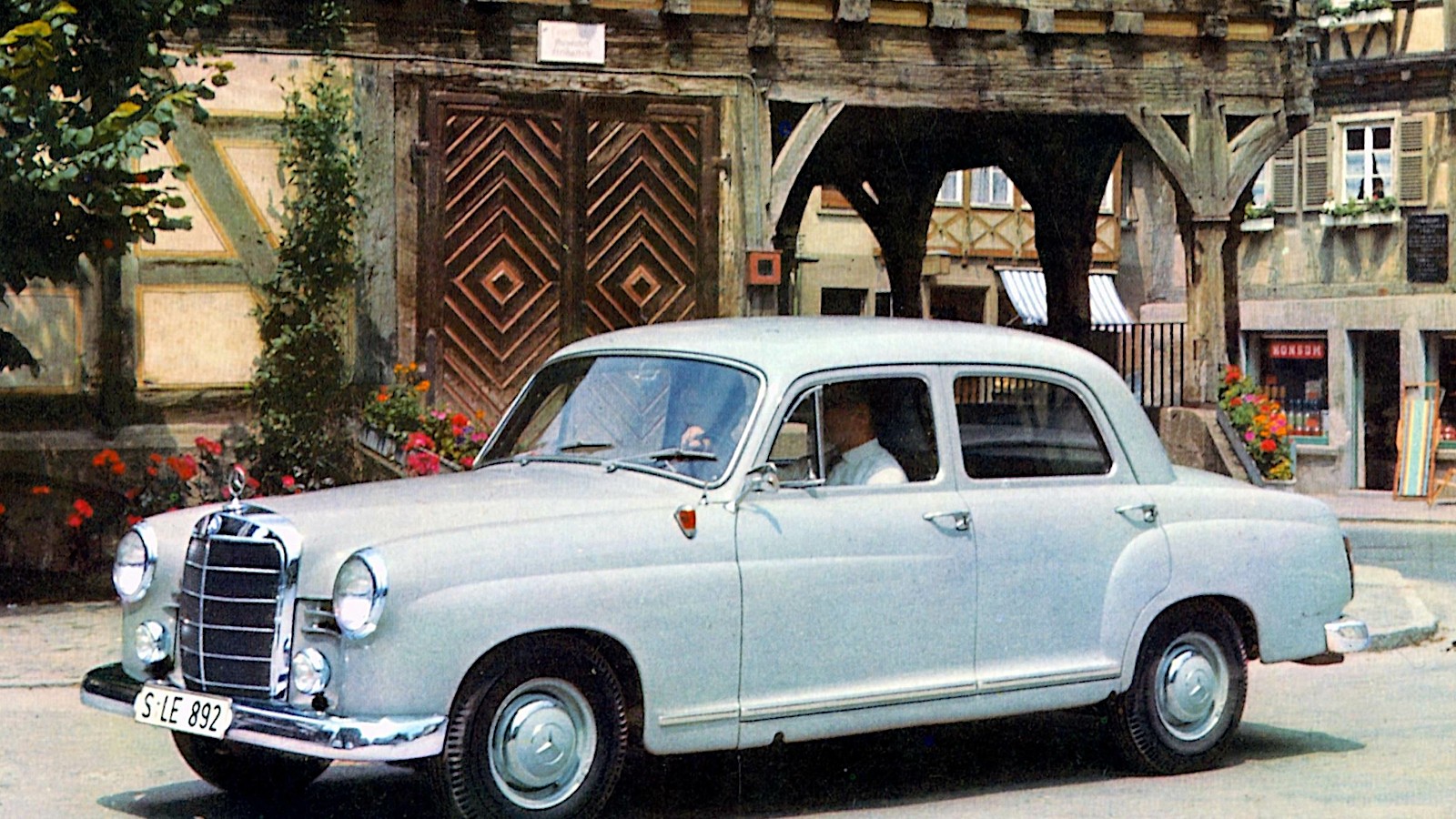 © Daimler AG
© Daimler AG -
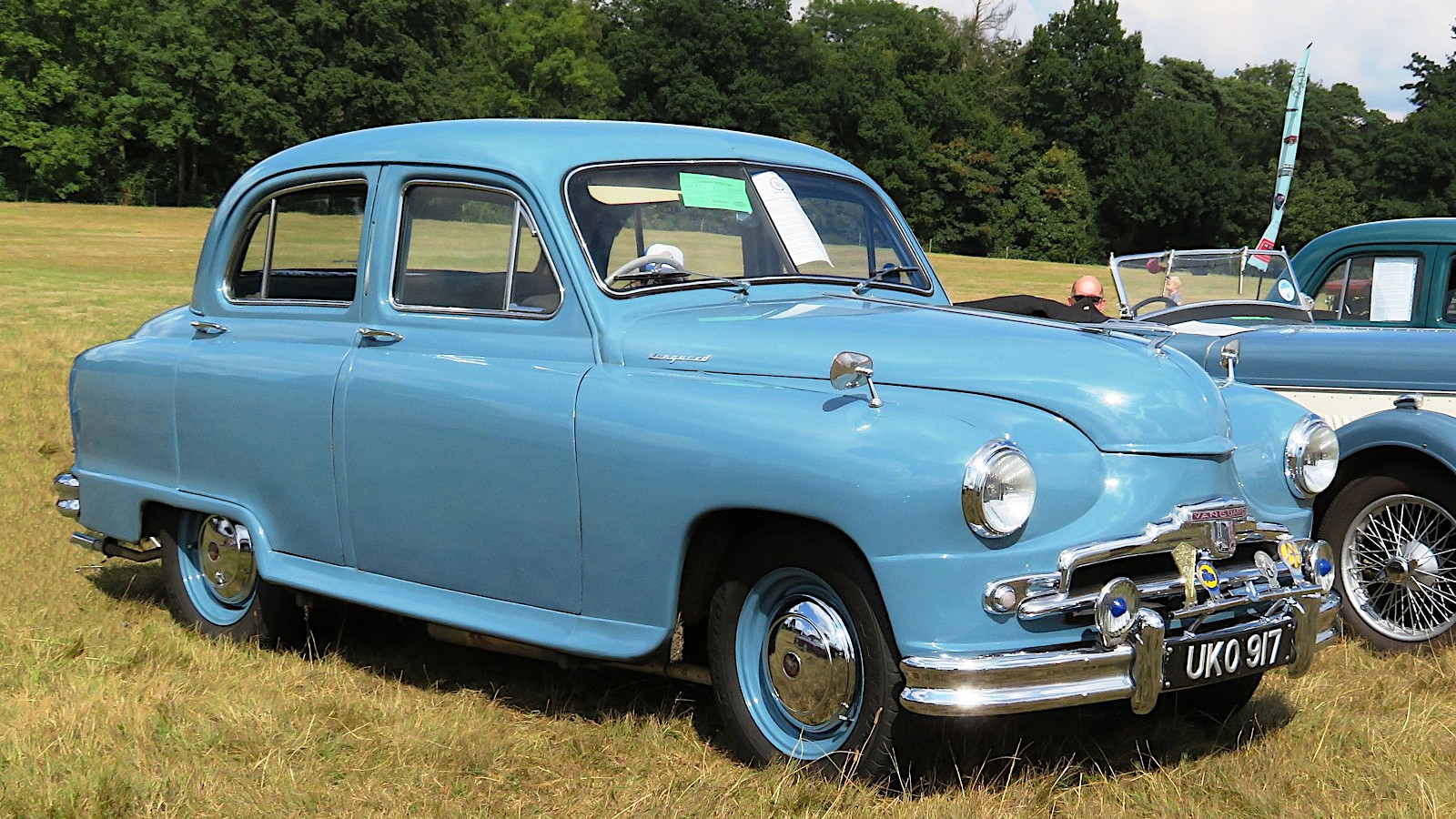 © Charles01/Creative Commons https://creativecommons.org/licenses/by-sa/4.0/legalcode
© Charles01/Creative Commons https://creativecommons.org/licenses/by-sa/4.0/legalcode -
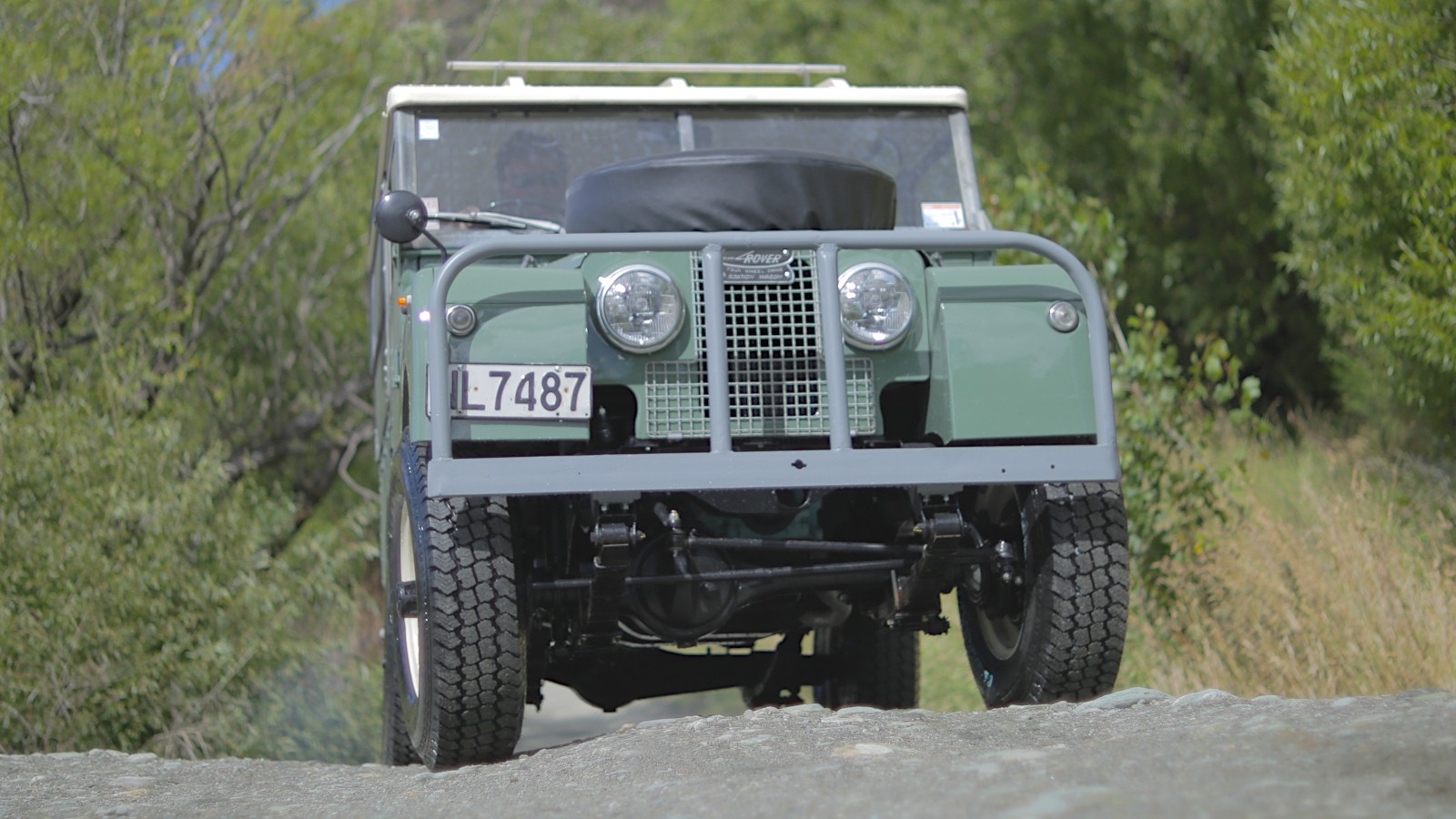 © Jaguar Land Rover
© Jaguar Land Rover -
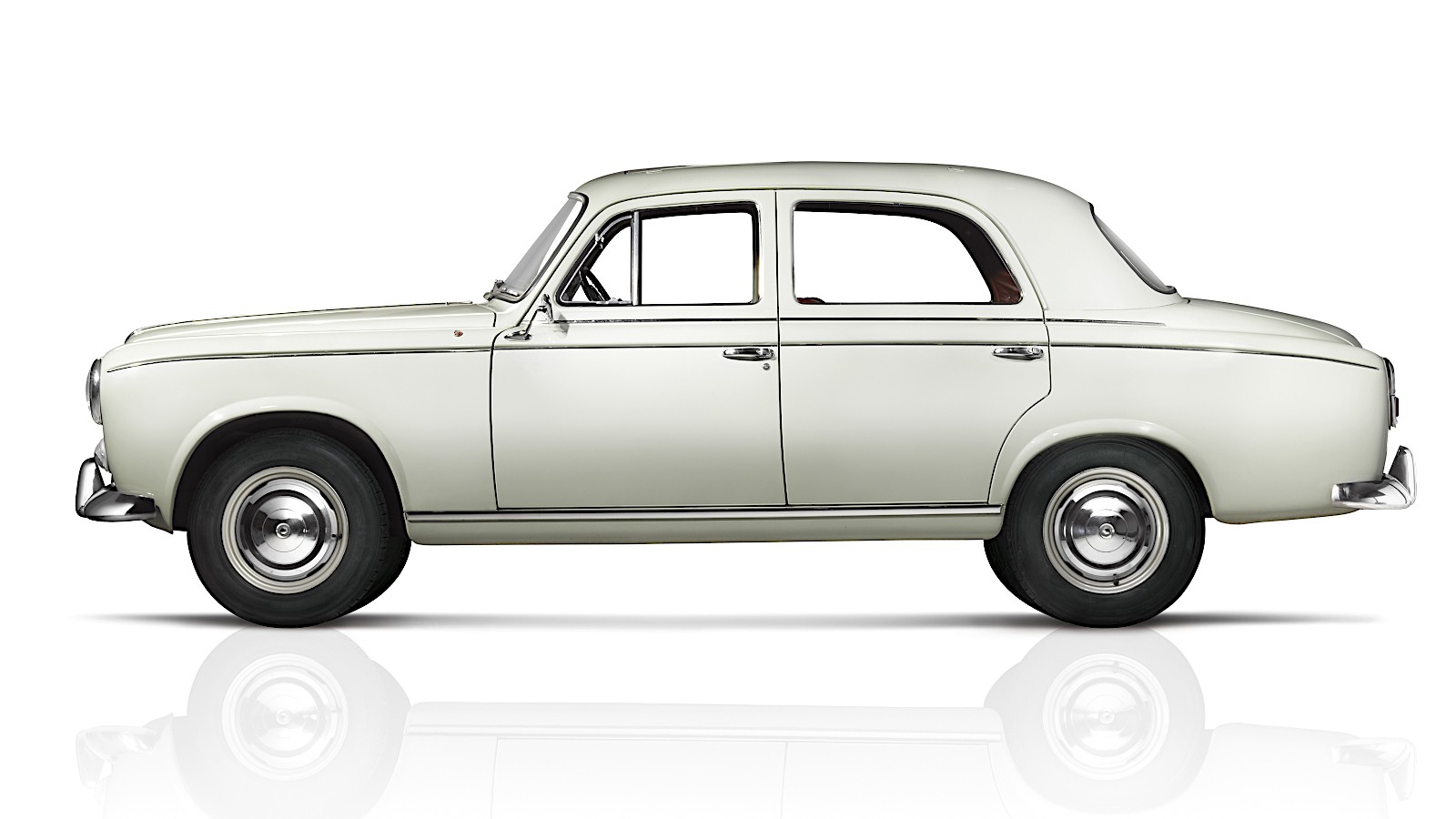 © Peugeot
© Peugeot -
 © TTTNIS/Public domain
© TTTNIS/Public domain -
 © Jonathan Jacob/Classic & Sports Car
© Jonathan Jacob/Classic & Sports Car -
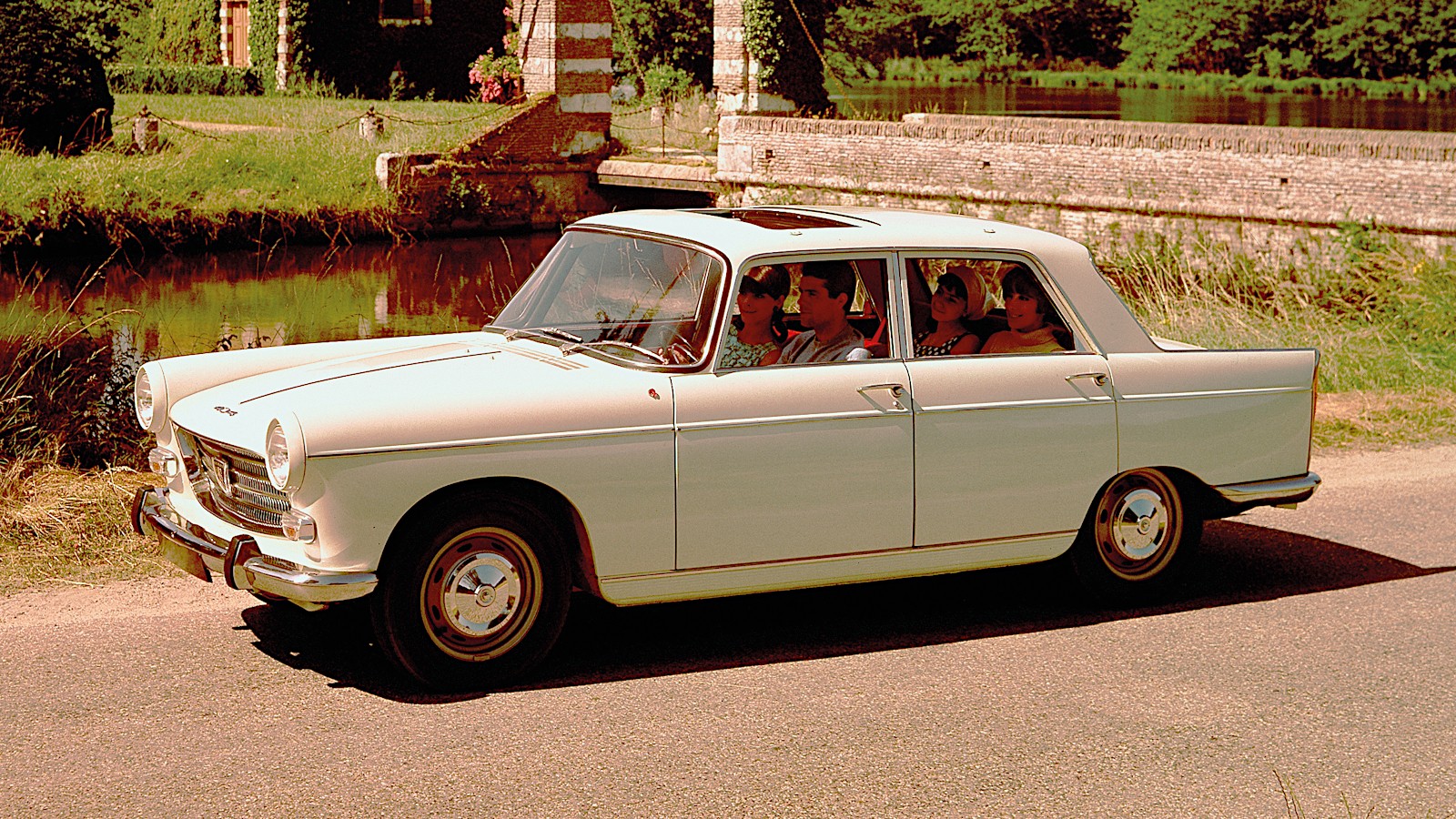 © Jonathan Jacob/Classic & Sports Car
© Jonathan Jacob/Classic & Sports Car -
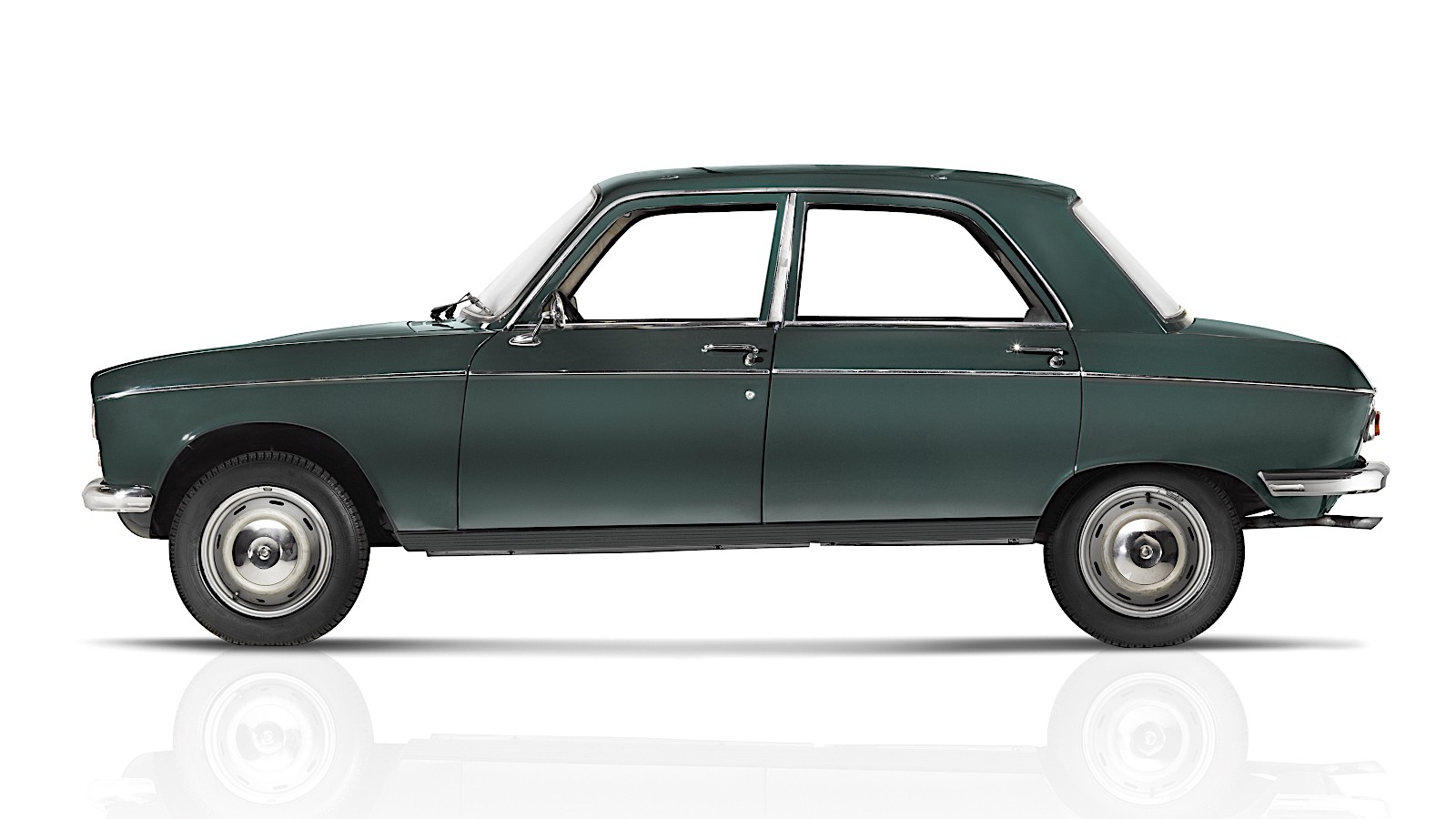 © Peugeot
© Peugeot -
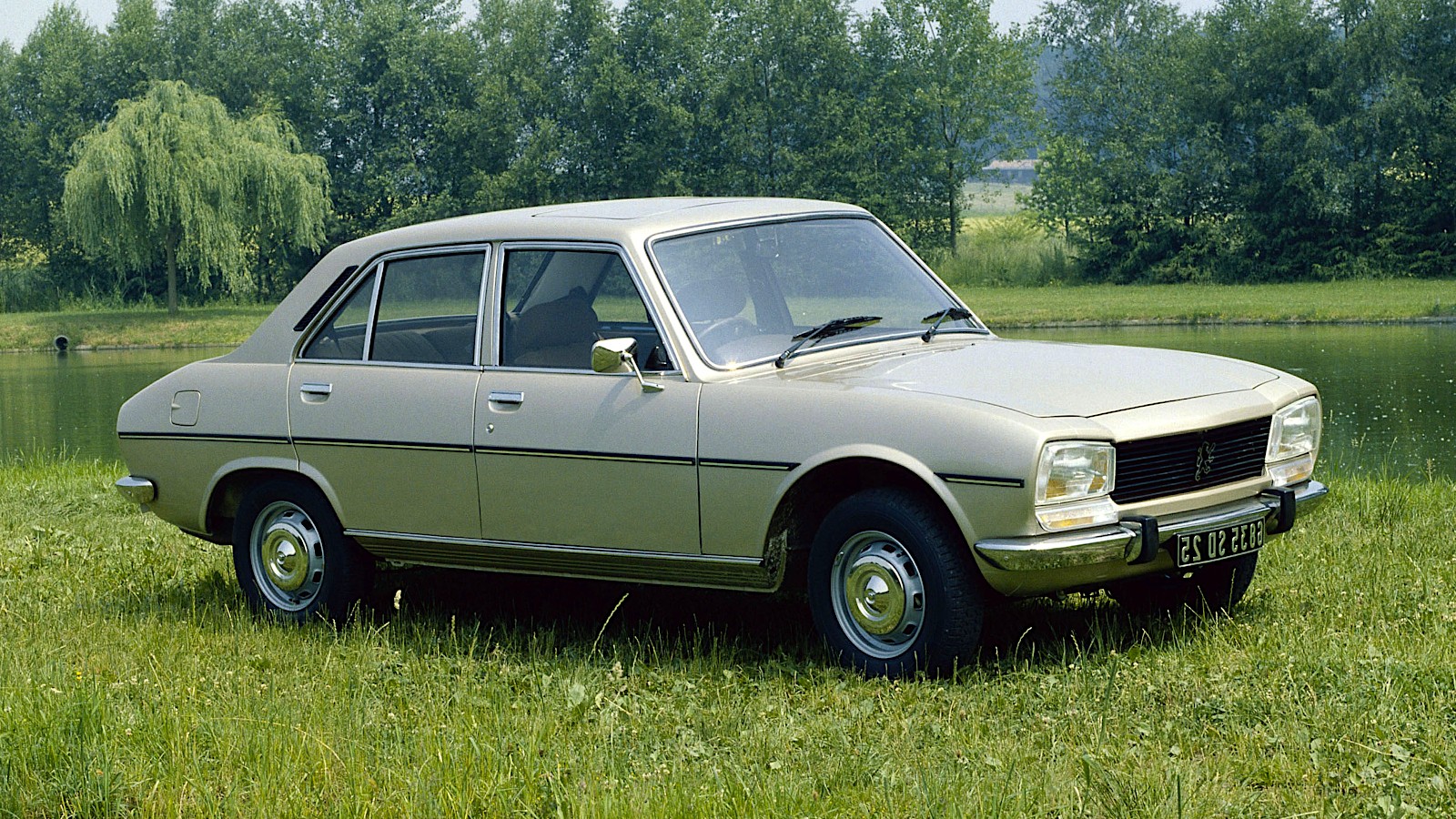 © Peugeot
© Peugeot -
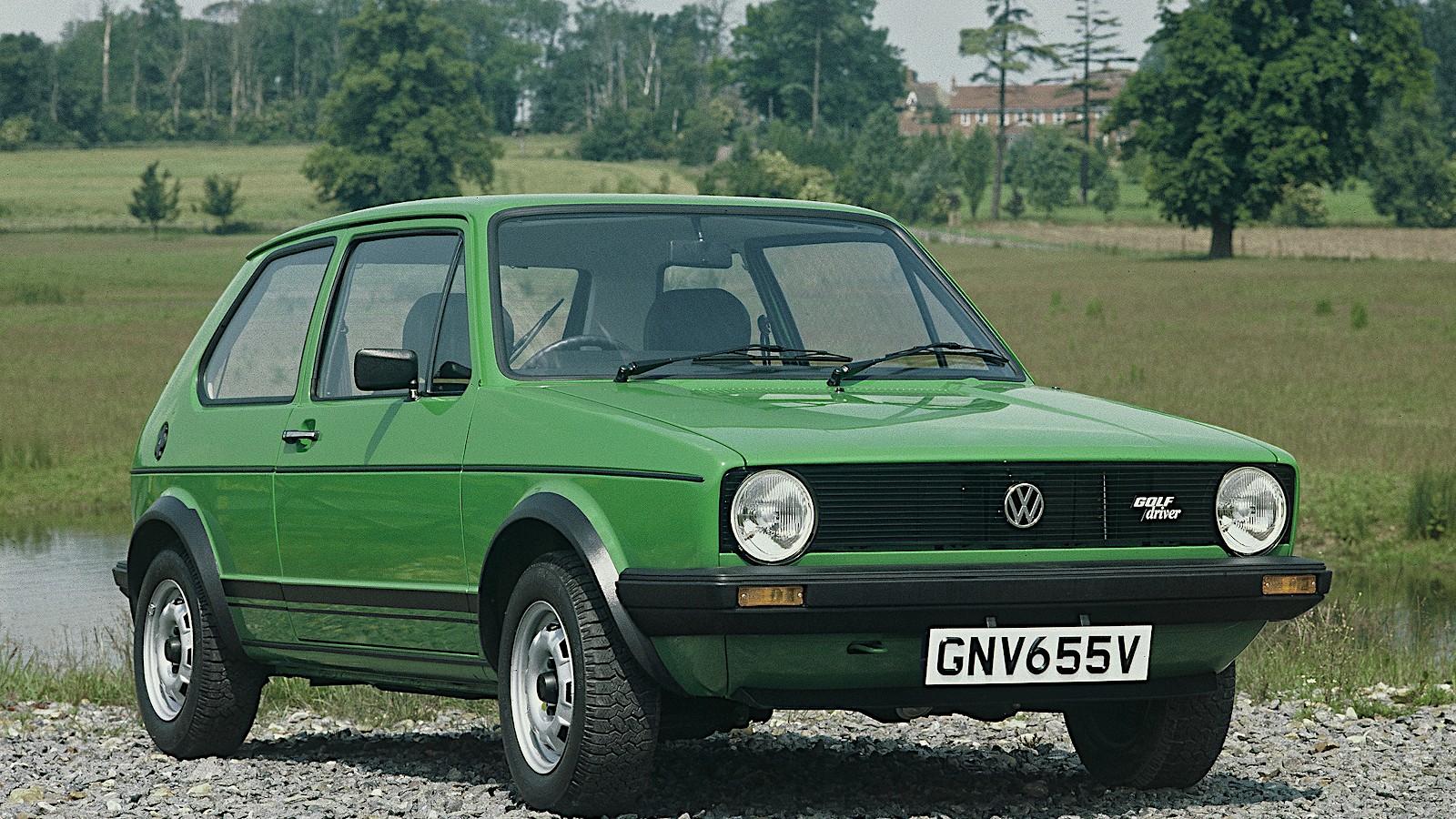 © Volkswagen
© Volkswagen -
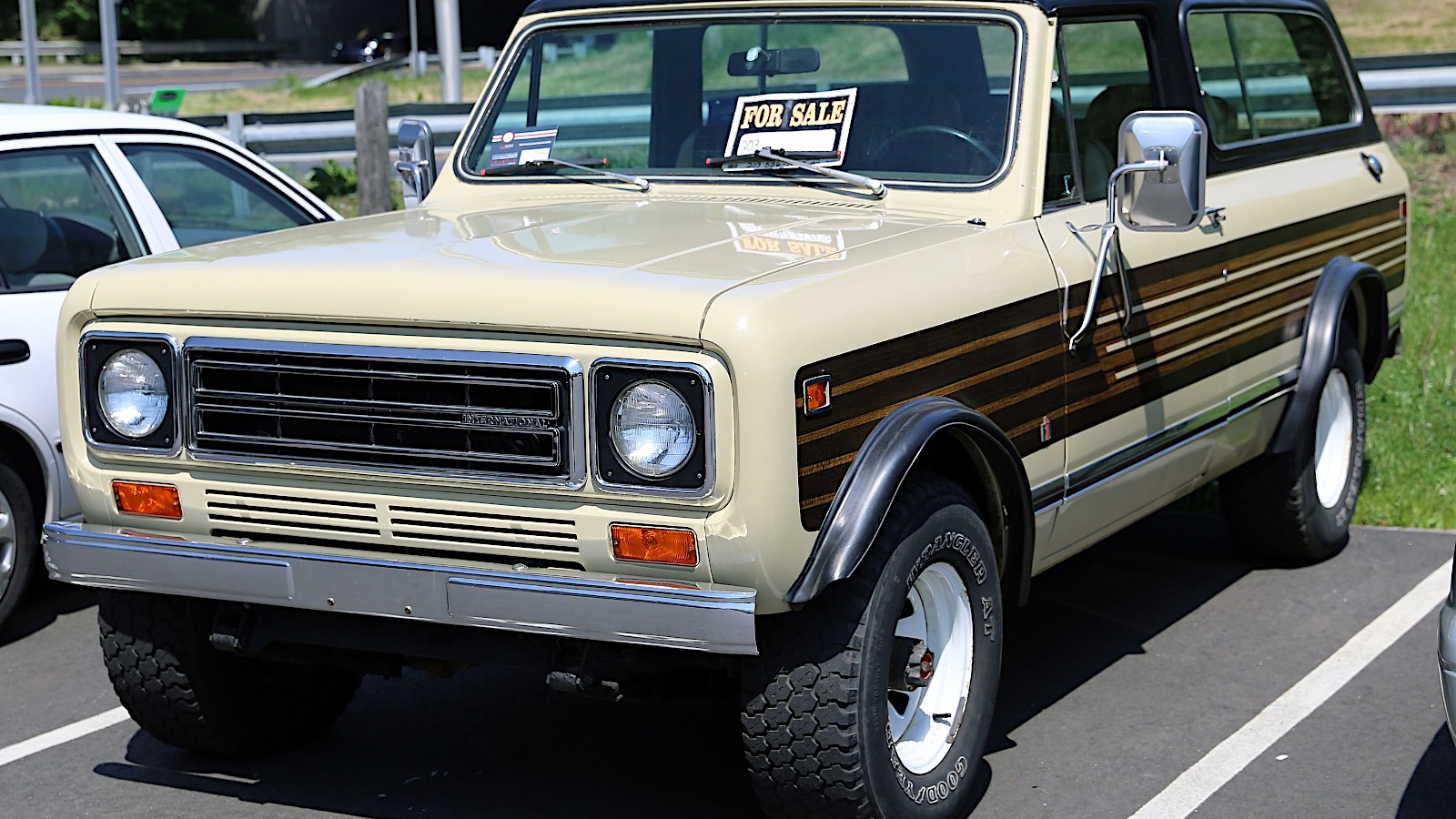 © Mr.choppers/Creative Commons https://creativecommons.org/licenses/by-sa/3.0/legalcode
© Mr.choppers/Creative Commons https://creativecommons.org/licenses/by-sa/3.0/legalcode -
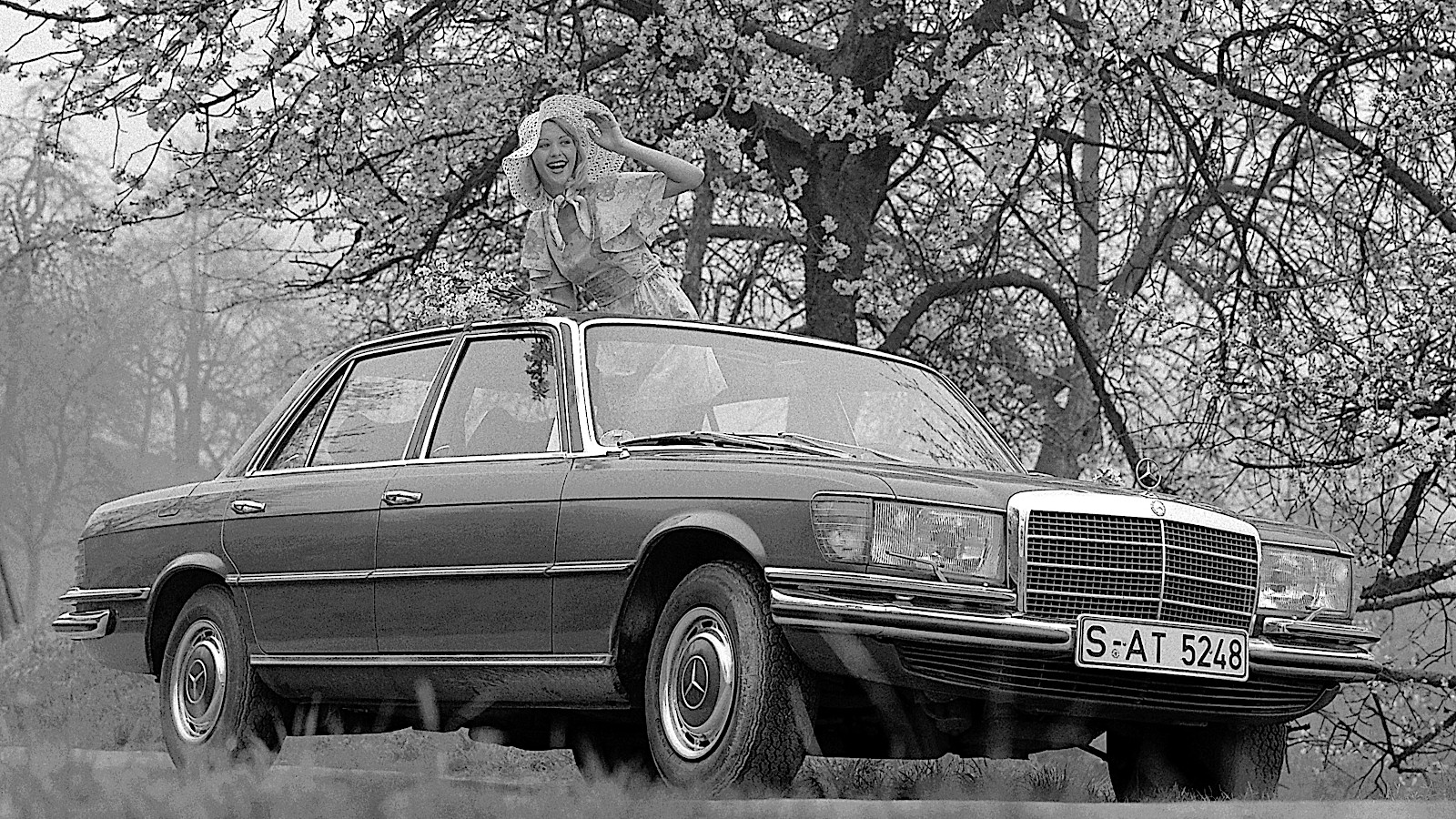 © Daimler AG
© Daimler AG -
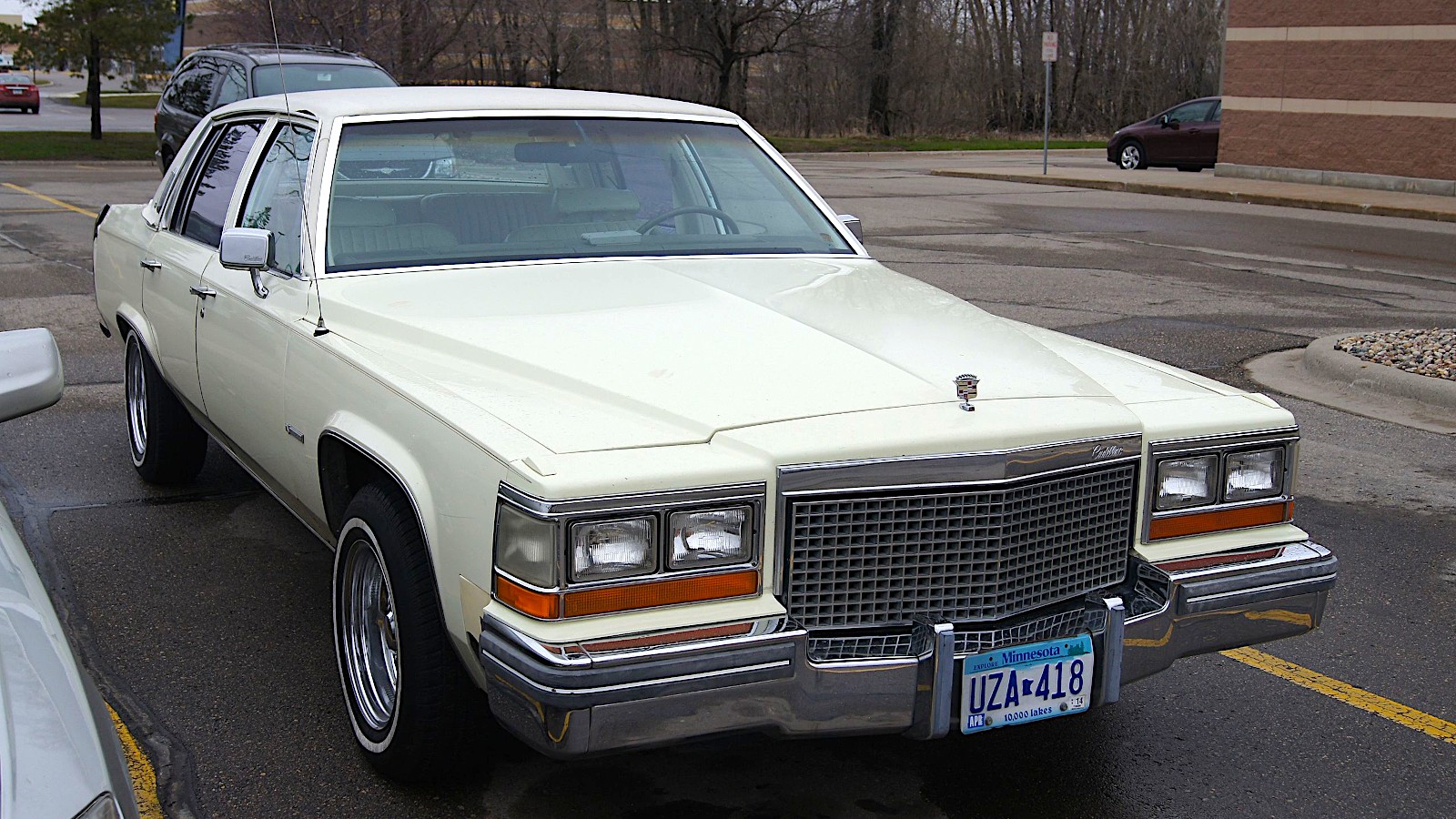 © Greg Gjerdingen/Creative Commons https://creativecommons.org/licenses/by/2.0/legalcode
© Greg Gjerdingen/Creative Commons https://creativecommons.org/licenses/by/2.0/legalcode -
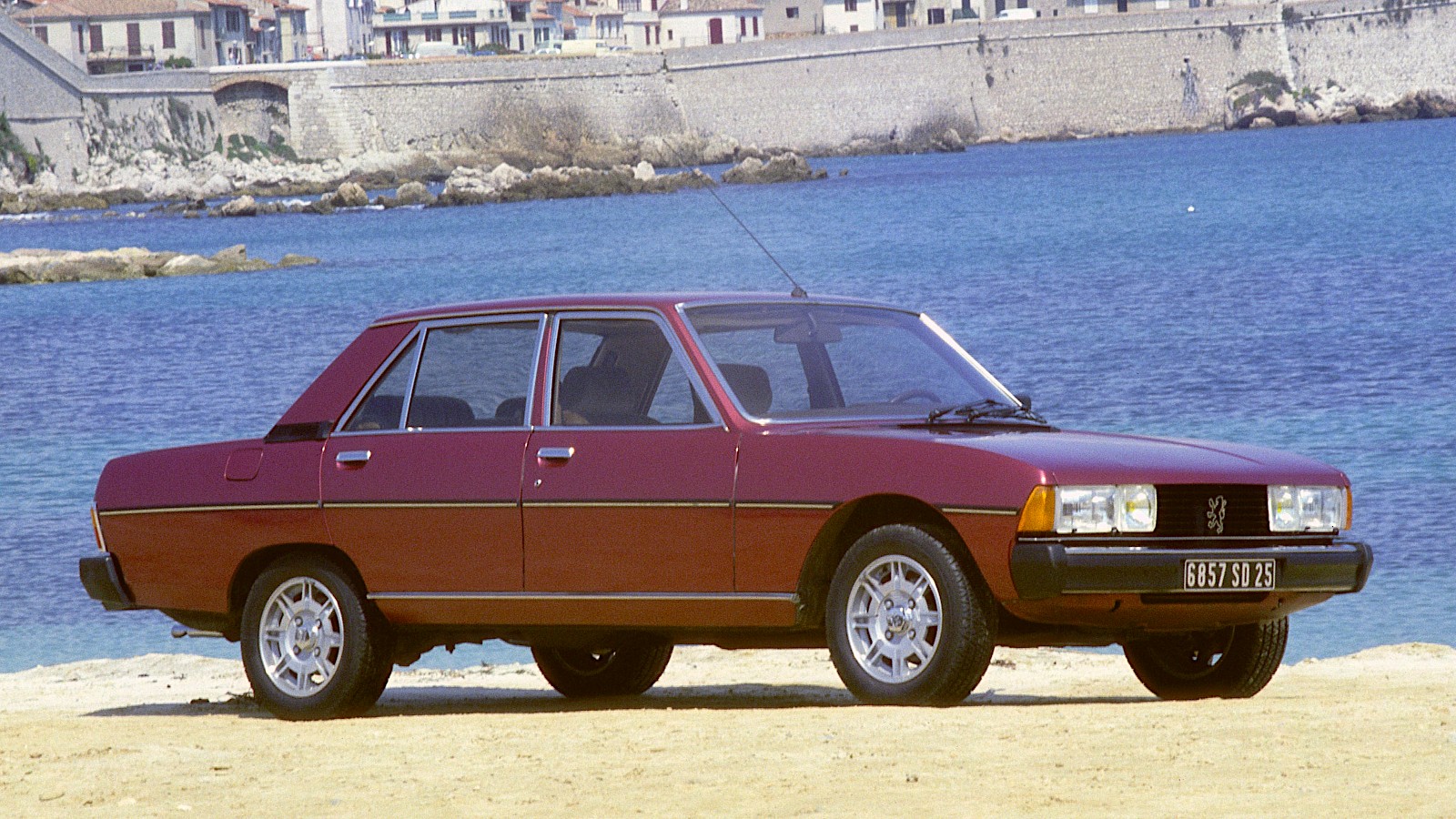 © Peugeot
© Peugeot -
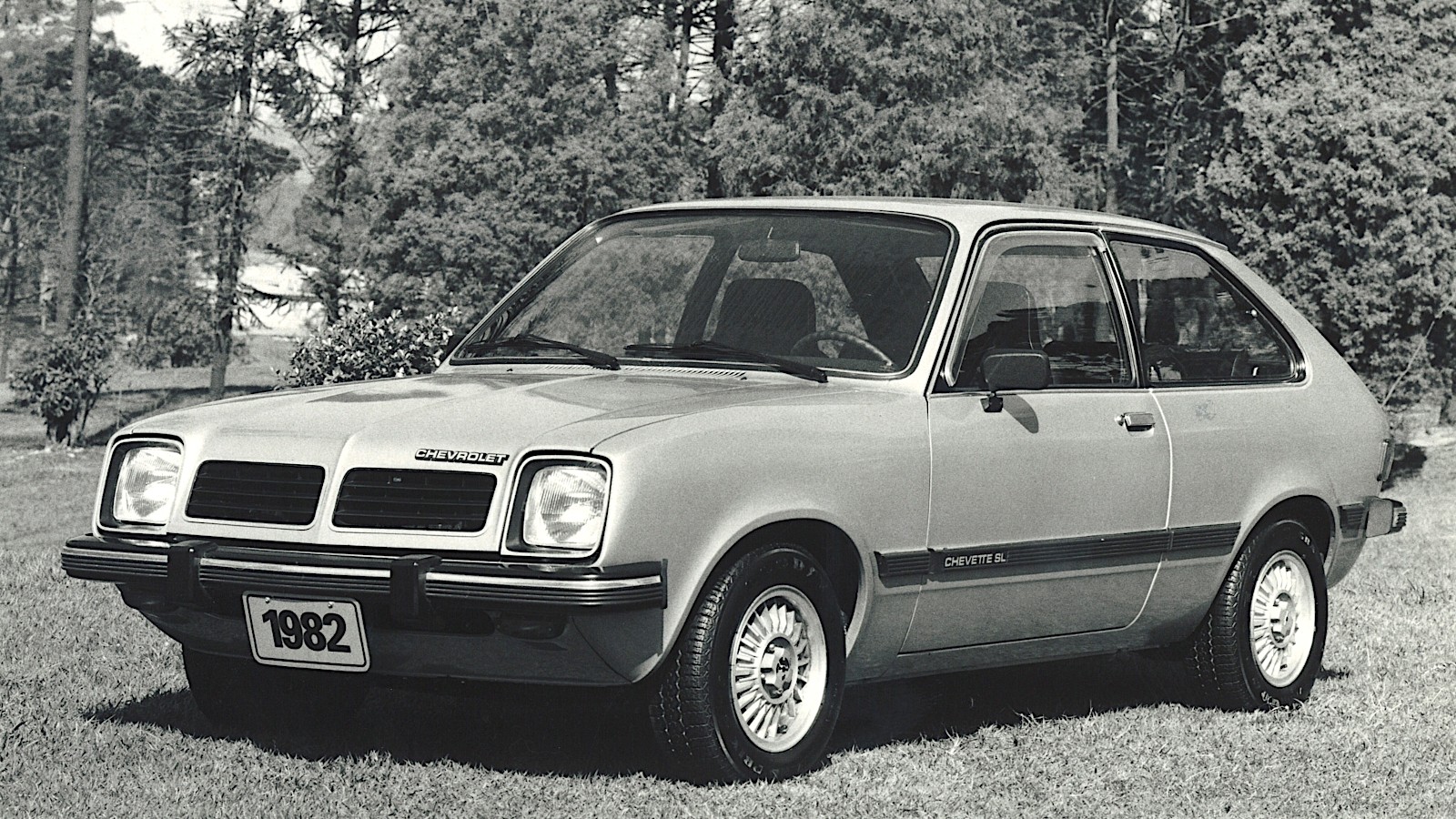 © GM
© GM -
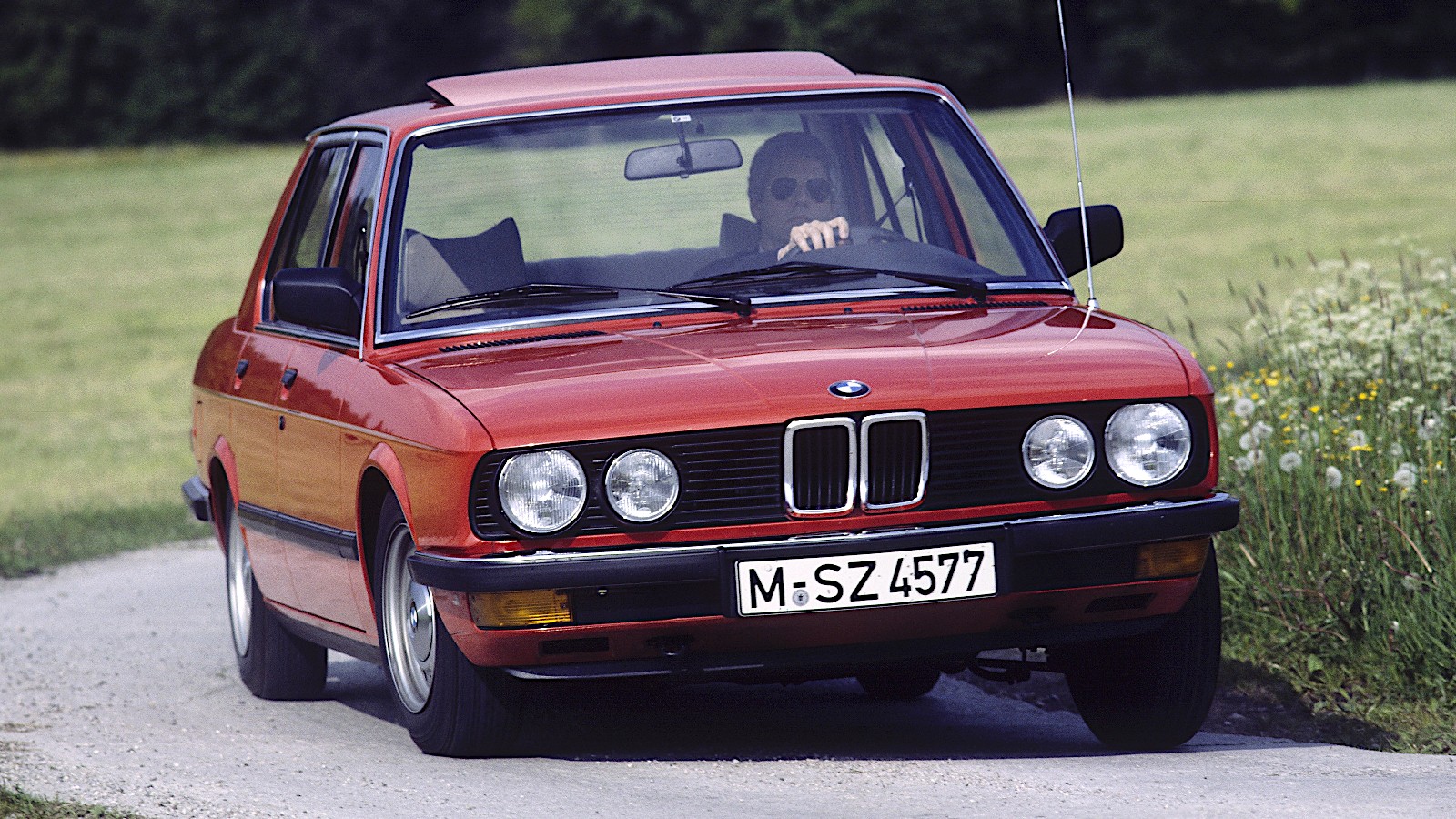 © BMW
© BMW -
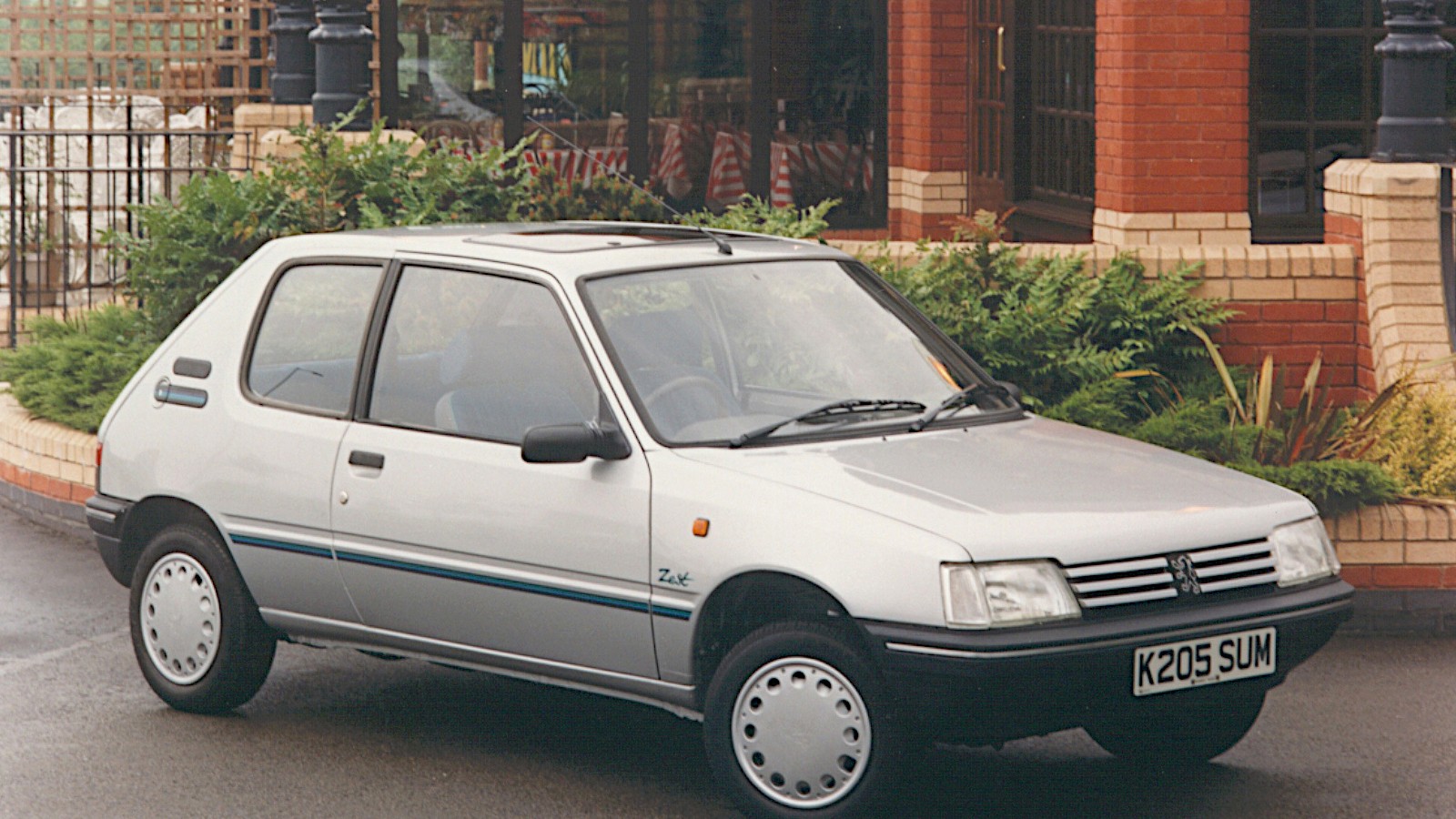 © Peugeot
© Peugeot -
 © Fiat
© Fiat -
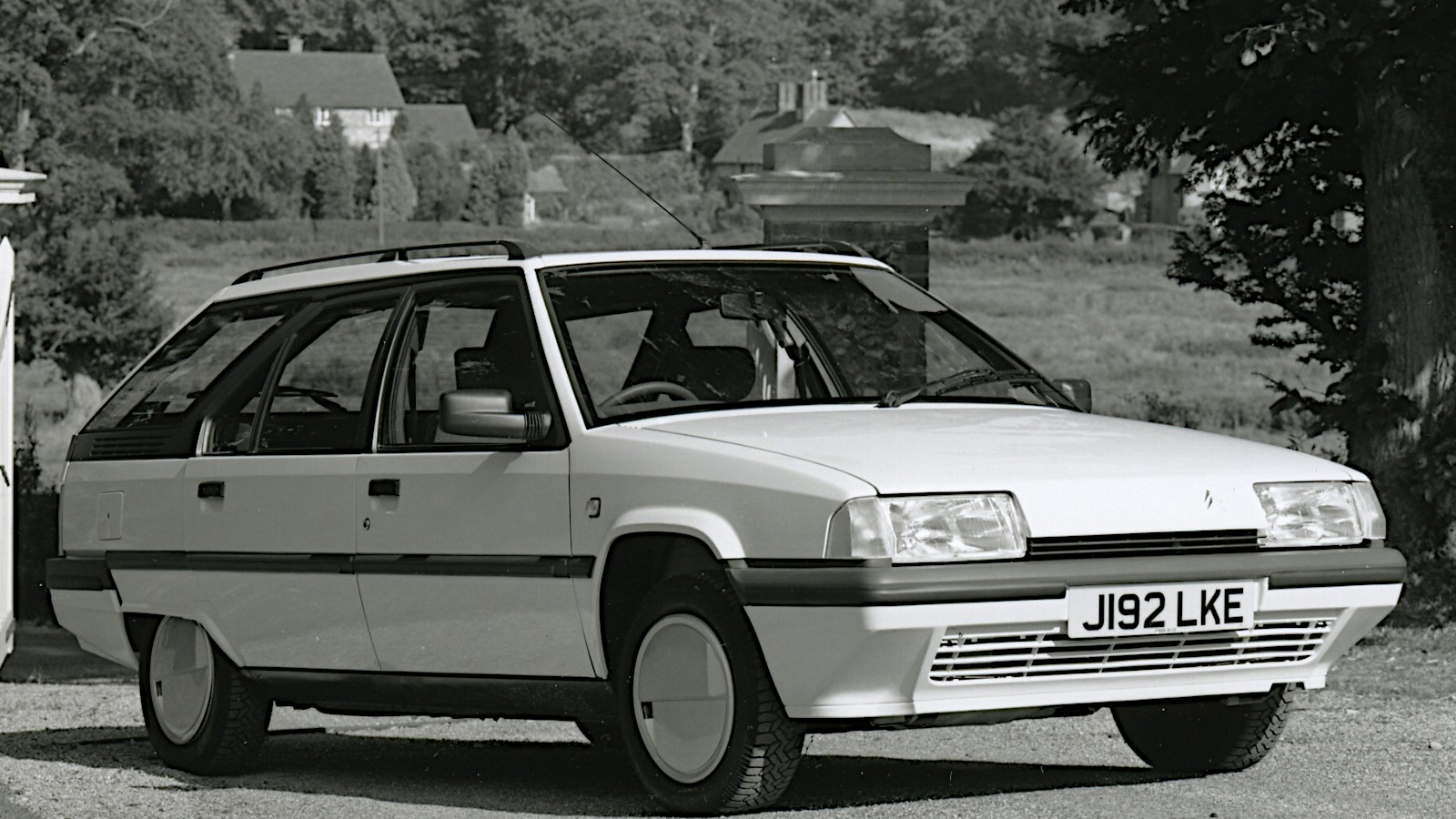 © Citroën
© Citroën -
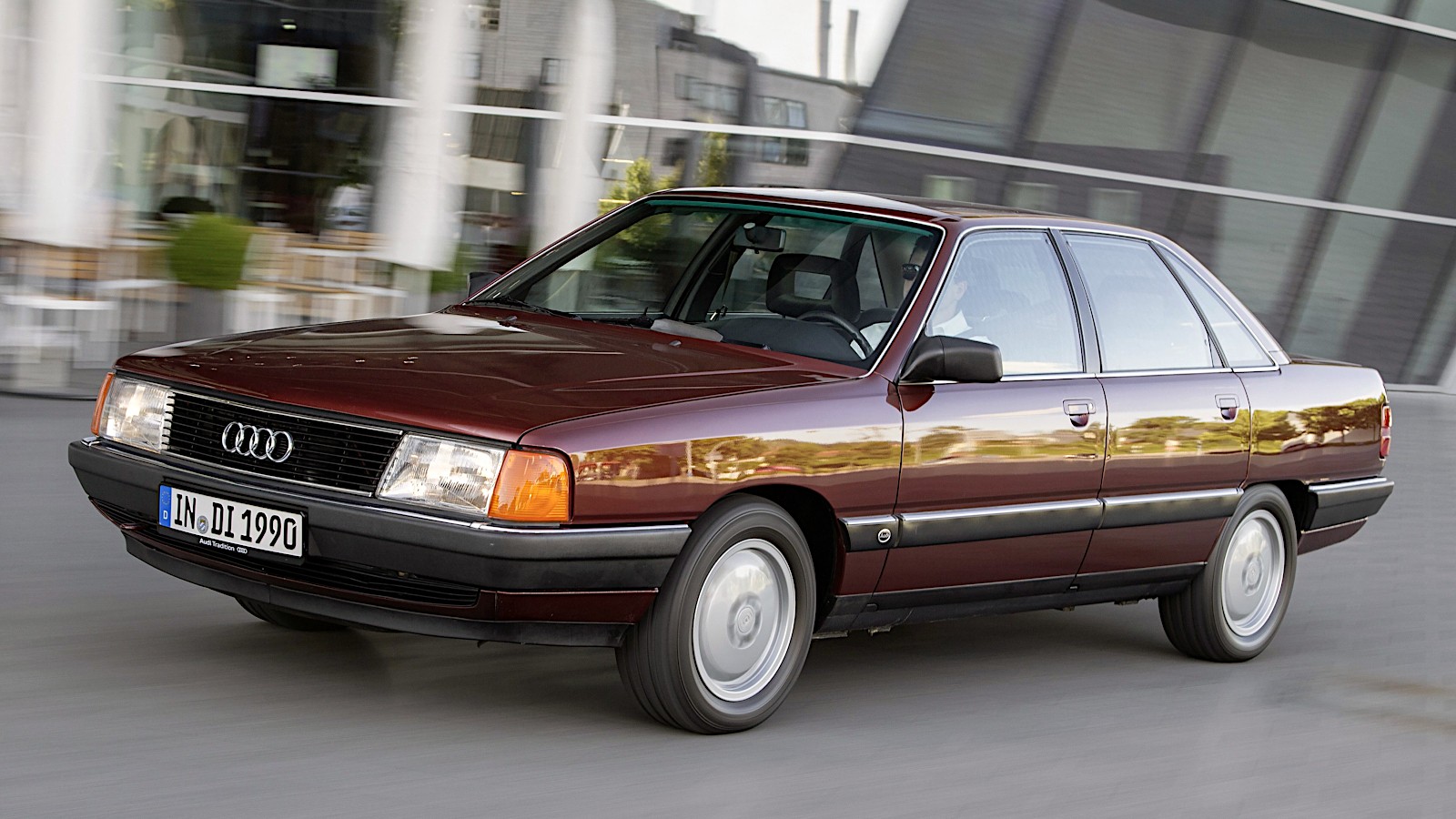 © Audi
© Audi -
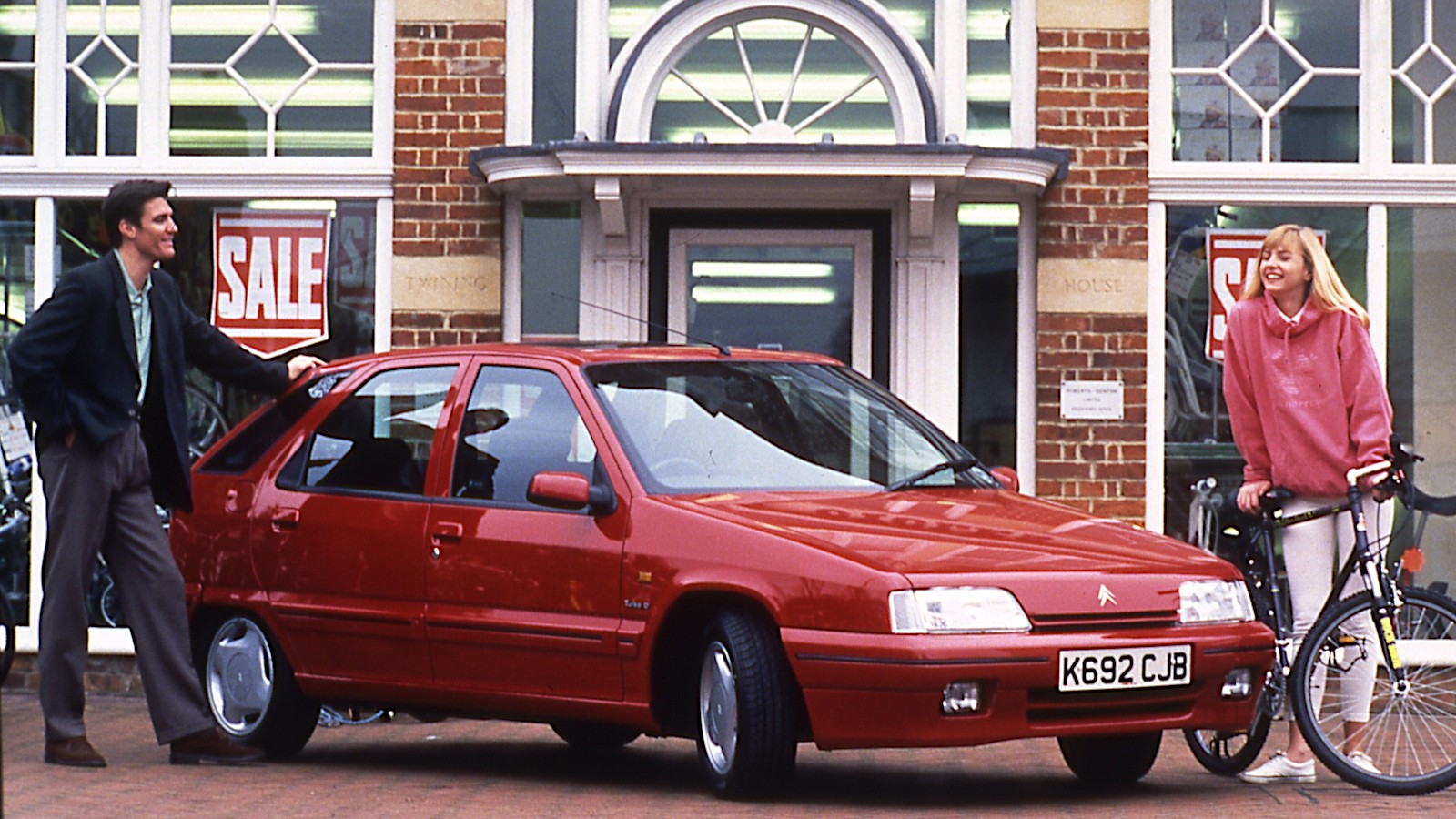 © Citroën
© Citroën -
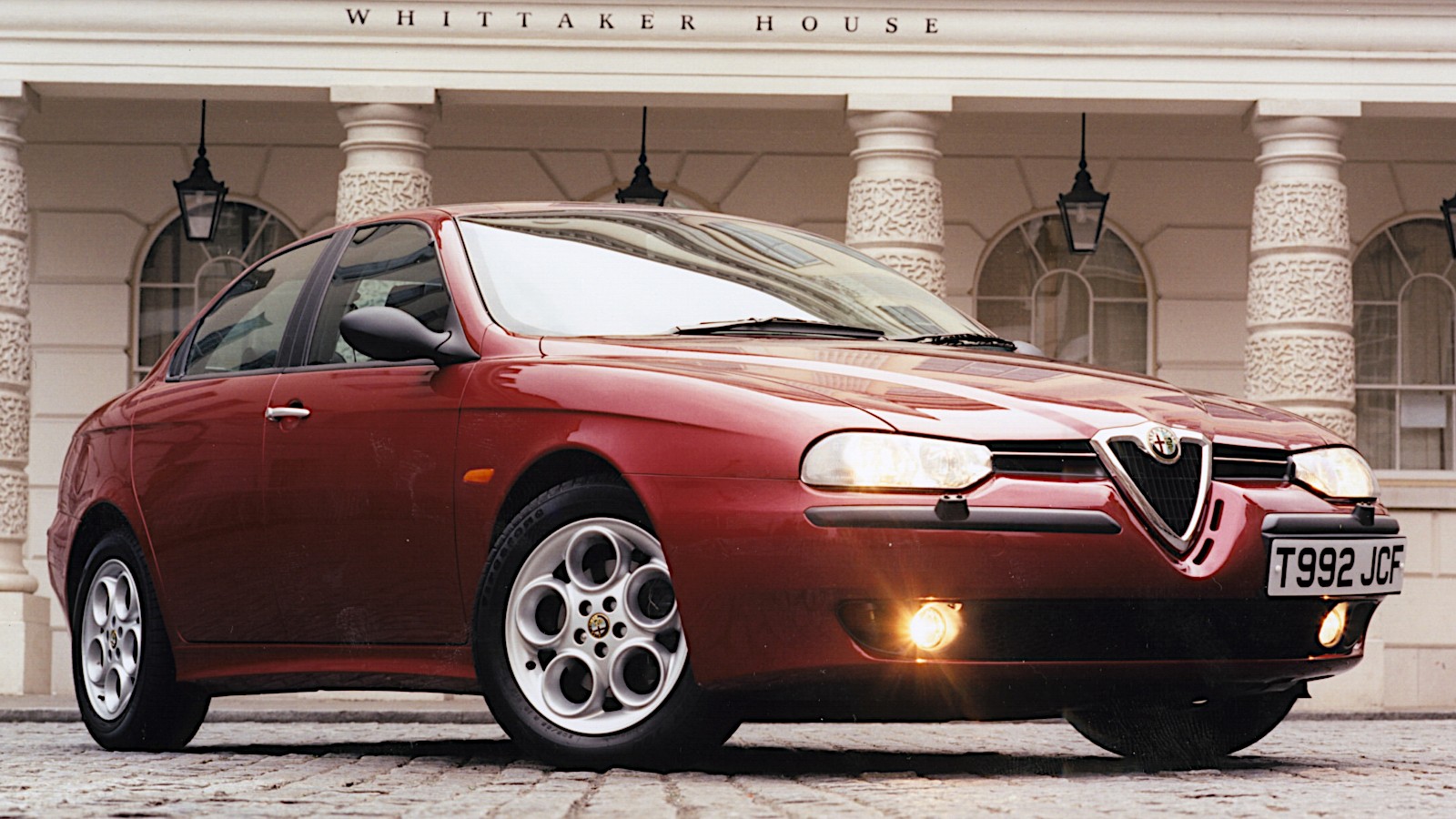 © Alfa Romeo
© Alfa Romeo
-
Diesel’s trailblazers
Before their dramatic rise and calamitous fall in the early 21st century, diesel-engined passenger cars were a minority interest among motorists around the world.
Although there had been many earlier prototypes, diesel cars did not come to market until the mid-1930s, and they were still viewed with suspicion 60 years later.
Nevertheless, many of the vehicles produced during that time were fascinating, often for good reasons and sometimes for bad ones. Here are some of the highlights from the world of diesel-engined classic cars.
-
1. Mercedes-Benz 260D
There are differing views on which manufacturer was first to put a diesel-engined car on sale. Daimler makes a strong case for the Mercedes-Benz 260D, which was revealed at the 1936 Berlin Motor Show.
The 260D was essentially a long-wheelbase Mercedes 200 fitted with a 2.6-litre diesel producing 45bhp. By the end of the year it was available with four body styles.
A modest 1967 examples were built until production stopped in December 1940, when the world had more important things on its mind than diesel cars.
-
2. Citroën Rosalie
With the help of British engineer Harry Ricardo, sometimes referred to as the High Priest of the internal combustion engine, Citroën developed a 1750cc diesel motor for its Rosalie model.
Several examples were loaned to selected customers for trial purposes during 1936, the debut year of Mercedes’ 260D, but they were not available for purchase until 1937.
Citroën’s bankruptcy brought the Rosalie diesel project to an end. Similar Citroën-Ricardo engines of various capacities were built later in the decade, but used only in commercial vehicles.
-
3. Hanomag Rekord
Probably the least well-known diesel car of the 1930s is a version of the Rekord produced by Hanover-based manufacturer Hanomag.
Petrol-fuelled Rekords had gone into production in 1933. A diesel version was unveiled at the 1936 Berlin Motor Show, at the same time and in the same place as the Mercedes-Benz 260D.
However, Hanomag allowed itself to fall behind Mercedes and Citroën. The diesel Rekord did not go on sale until 1938.
-
4. Mercedes-Benz 170D
Mercedes’ 170 range included the first post-war diesel car. Introduced in 1949, it was fitted with a 1.7-litre engine first seen in a Unimog in the previous year.
Later variants included the 1951 170DS and the 1953 S-D (pictured). By now, Mercedes customers were buying the diesel models in significantly higher numbers than the petrol ones.
-
5. Fiat 1400
As we will see, Fiat and its sister companies would become very important in the history of the diesel car.
The process started in 1953. Fiat was already selling two visually identical cars called the 1400 and 1900, based on the capacities of their petrol engines.
The same model became the first Fiat to be powered by a diesel engine. Even though it measured 1.9 litres, this version was known as the 1400 Diesel, perhaps in an effort to avoid making buyers think it was anything like as quick as the regular 1900.
-
6. Mercedes-Benz 180D
Although there was enough public interest to keep the earlier model going for another few years, Mercedes effectively replaced the 170 with the much more modern, ‘Ponton’-bodied 180 in 1953.
The diesel-fuelled 180D was added to the range in early 1954. It used the same engine as the 170 at first, but in 1958 this was replaced by a new, and more powerful, 1.9-litre unit.
-
7. Standard Vanguard
The first British manufacturer to put a series-production diesel car on the market was Standard. The Phase 2 version of the petrol-fuelled Vanguard was launched in 1953, and a year later the company introduced a derivative with a 2.1-litre diesel engine it had designed for the Ferguson TE20 tractor.
For use in the Vanguard, the diesel was derestricted, and allowed to rev more freely than it did in the tractor.
The car scored much higher for historical significance than for popularity. Only a tiny proportion of Phase 2 Vanguards used the diesel engine, which was abandoned completely when the Phase 3 came along in 1955.
-
8. Land-Rover
Astonishing though it now seems, it took Land-Rover nearly a decade to fit a diesel engine to its famous original model.
The 2.0-litre unit was introduced very close to the end of Series One production in 1957. From then on, diesel engines were available in every generation, and became the obvious choice.
On 29 January 2016, the last ever Defender – the final descendant of the Series One – left the production line in Solihull, powered by a diesel engine.
-
9. Peugeot 403
As will become clear, Peugeot became an enthusiastic provider of diesel cars at a time when other manufacturers seemed much less interested in the idea.
The process began with the 403, which was introduced in 1955 with a petrol engine and acquired a diesel three years later. The 48bhp diesel was built by Peugeot subsidiary Indenor under licence from Ricardo.
-
10. Isuzu Bellel
Unrelated to the later Bellett, the Bellel was the first car both designed and built by Isuzu, after the Japanese company went through a period of manufacturing the Hillman Minx under licence.
The Bellel was launched in 1961, and was available from the start with a 2.0-litre diesel engine introduced the previous year in the Elf truck, making it Japan’s first-ever diesel production car.
That engine was replaced by another one of the same size, but with a significantly larger bore and shorter stroke.
-
11. Austin Cambridge and Morris Oxford
In 1958, British Motor Corporation (BMC) launched a series of mid-sized saloons with bodies designed by Farina.
Three years later, they were all updated. In the case of the Austin A60 Cambridge (pictured) and the Morris Oxford VI (but not their MG, Riley or Wolseley equivalents), the changes included the new option of a 1.5-litre diesel engine.
With a maximum output of just 40bhp, compared with 61bhp for the 1.6-litre petrol alternative, the diesel models were exceptionally slow. Public enthusiasm was almost non-existent, but the cars were popular with taxi operators.
-
12. Peugeot 404
The 404 looked very similar to the contemporary Austin Cambridge and Morris Oxford, largely because all three cars shared the same designer.
Peugeot launched it in 1960 but waited four years before adding a diesel version. The 1.9-litre engine was more powerful than even the petrol unit in the BMC cars, and gave satisfactory performance for its day.
The engine was part of the new XD family, which powered many later Peugeots and was also licensed to Ford for use in its European models.
A specially built 404 set 22 new class speed records in June 1965. The following month, fitted with a larger engine, it set 18 more in a different class.
-
13. Peugeot 204
Peugeot launched its first front-wheel drive car in 1965, and by now it could be expected that a diesel version would be added to the range at some point.
Sure enough, a 1.3-litre unit was introduced for the estate and van variants in 1968. During the 1970s, Peugeot enlarged the engine (which shared many parts with the petrol unit) and eventually made it available in the 204 saloon.
-
14. Peugeot 504
The 504 entered production in 1968 and was named European Car of the Year in 1969.
A year after that, the inevitable diesel came along, initially with a capacity of 2.1 litres. This was another member of the Indenor XD family, as used in the preceding 404.
-
15. Volkswagen Golf
Compared with the other manufacturers mentioned previously, Volkswagen took some time to convince itself that a diesel car could be successful.
The breakthrough came when VW engineers came up with a 1.5-litre unit which produced similar power (around 50bhp) to – and was significantly more economical than – the 1.3-litre petrol engine used in the Golf since its debut in 1974.
The first diesel Golf, and indeed the first diesel Volkswagen of any kind, made its debut in 1976. Since then, every generation of Golf has included several diesel versions.
-
16. International Harvester Scout II
In North America, the diesel engine was for a long time regarded as a fine thing for powering almost any type of wheeled vehicle other than the passenger car.
International Harvester was therefore ploughing a lone furrow when it added a 3.2-litre straight-six diesel engine to the second-generation Scout SUV range.
Unlike the rest of the vehicle, the engine was not American. International Harvester bought it in from Nissan.
-
17. Mercedes-Benz 300SD
Turbocharging a diesel engine gives enormous benefits in terms of both performance and exhaust emissions. This now seems natural, but it wasn’t until 1978 that a manufacturer tried it on a production car.
Perhaps fittingly, that manufacturer was Mercedes, whose W116 range was the first to be described officially as ‘S-Class’.
Having turbocharged its own 3.0-litre five-cylinder diesel for the record-breaking C111 test vehicle in 1976, Mercedes fitted the unit to the 300SD version of the W116. The world’s first turbocharged diesel saloon made its debut in 1978, and was only ever sold in North America.
-
18. The Oldsmobile diesel
Some cars achieve a sort of ‘anti-classic’ status by being thoroughly awful. This could be said of the many General Motors vehicles (including the Cadillac de Ville pictured above) fitted with the Oldsmobile V8 diesel engine between 1978 and 1985.
Converted (insufficiently) from an existing petrol motor, it proved to be quite staggeringly unreliable, partly because the bolts holding the cylinder heads to the block weren’t strong enough to cope with the pressure in each cylinder.
A 4.3-litre V6 derivative introduced in 1982 was much more successful, but the project as a whole brought the Americans’ already low enthusiasm for diesel cars down to virtually zero.
-
19. Peugeot 604 D Turbo
If it was almost inevitable that Mercedes would be the first to produce a turbo diesel car, it was equally certain that Peugeot would be quick to follow.
The French company converted the 2.3-litre version of its by now long-established XD engine to forced induction and fitted it to the D Turbo version of the 604.
Like most large French premium cars, the 604 was not particularly successful, but it at least has the distinction of being the first model ever sold in Europe with a turbocharged diesel engine.
-
20. Chevrolet Chevette
North American buyers hoping for something better than the Oldsmobile V8 would not have been impressed by the diesel engine in the Chevrolet Chevette.
This 1.8-litre unit was supplied by Isuzu and produced 51bhp, or about the same as the 1.5-litre diesel in the earlier Volkswagen Golf.
Never popular, the Chevette diesel was discontinued in 1987. GM did not put another diesel car on the market for the rest of the century.
-
21. BMW 524td
Quite unlike its great rival Mercedes-Benz, BMW showed no interest in diesel cars until the various energy crises of the 1970s turned everyone’s thoughts to improving fuel economy.
Its turbocharged 2.4-litre M21 engine, which produced a startling 114bhp, made its debut in the 1983 524td, and would later be used in other BMW models. It was also supplied to Lincoln for use in the Continental MkVII.
A later 85bhp non-turbo version of the same engine was fitted to the 524d and the smaller 324d.
-
22. Peugeot 205
The Peugeot 205 supermini was a big hit from the moment it went on sale in 1983.
It was available right from the start with PSA Peugeot Citroën’s new 1.8-litre XUD diesel engine, whose cylinder head design was still – after all those years – influenced by the work of Harry Ricardo.
XUD engines of various sizes were used in a wide range of Peugeot and Citroën models, and were also provided to other manufacturers around the world, including Hyundai, Lada, Rover and Suzuki.
-
23. Fiat Croma
In every car mentioned so far, fuel was injected into a pre-combustion chamber before being transferred into the cylinder.
In 1987, the Fiat Croma diesel became the first car in the world in which the fuel was injected directly into the cylinder, as is now the universal practice.
Fiat claimed a 15% improvement in economy over an equivalent diesel engine using the older technology.
-
24. Citroën BX Turbo Diesel
The BX was part of the great tradition of adventurously designed Citroëns. It looked like nothing else of its era, and featured the simple but ingenious hydropneumatic suspension which Citroën had favoured for many years.
In 1988, the BX was given more or less the same 1.8-litre XUD engine already used in the Peugeot 205, but now with both a turbocharger and an intercooler.
With a maximum output of 90bhp, this version was nowhere as quick as the GTI petrol models, but its combination of performance and economy was appreciated by customers.
-
25. Audi 100
The first of many Volkswagen Group diesel cars to wear the TDI badge was the 1989 Audi 100.
Its 2.5-litre engine broke new ground by combining turbocharging (introduced, as we know, by Mercedes) and direct injection (inaugurated by Fiat) – hence the name TDI, which stands for Turbo Direct Injection.
Audi moved to the next generation of 100 shortly afterwards, so the original TDI model is very rare. The same engine was used in the new 100, which appeared in 1990.
-
26. Citroën ZX Volcane TD
The Volcane TD version of the Citroën ZX was referred to as either the first diesel hot hatch, or at least one of the earliest examples.
This was a bit of a stretch, since its 1.9-litre intercooled XUD turbo produced 90bhp, at a time when you could have a petrol-engined ZX with 150bhp.
That said, the characteristically strong mid-range performance of the engine, and the fine handling of the ZX in general, made this a very appealing car for the enthusiastic driver on a budget.
-
27. Alfa Romeo 156
The efficiency of 21st-century diesel engines is partly due to common-rail technology, in which fuel is injected into the cylinders at pressures of several thousand pounds per square inch.
The idea has been around for a very long time, and could in theory have been applied to cars many decades ago.
In fact, the first manufacturer to do this was Fiat, with its JTD (Jet Turbo Diesel) engine. In 1997, a 1.9-litre JTD was fitted to the Alfa Romeo 156, which accordingly became the first common-rail diesel passenger car ever to go on sale.
